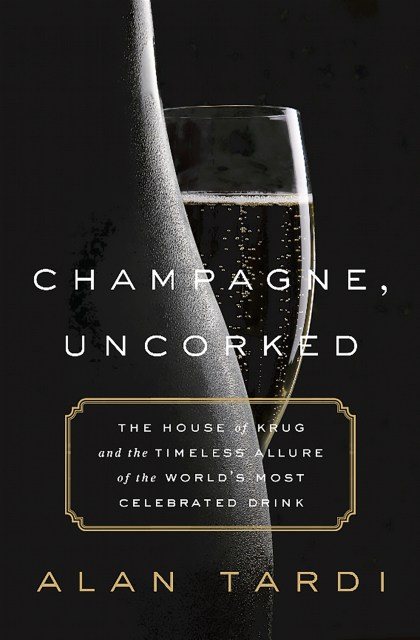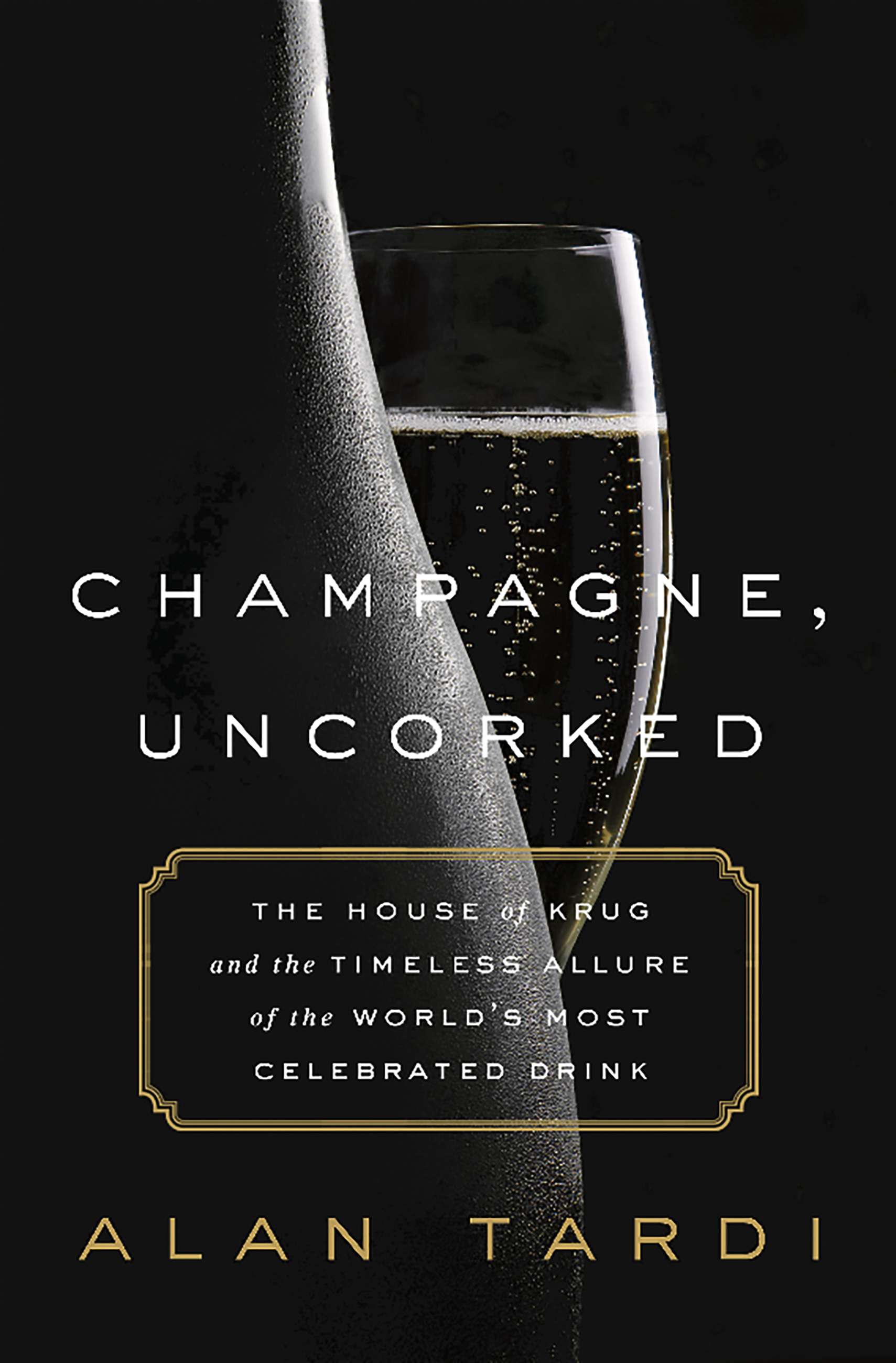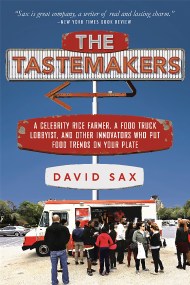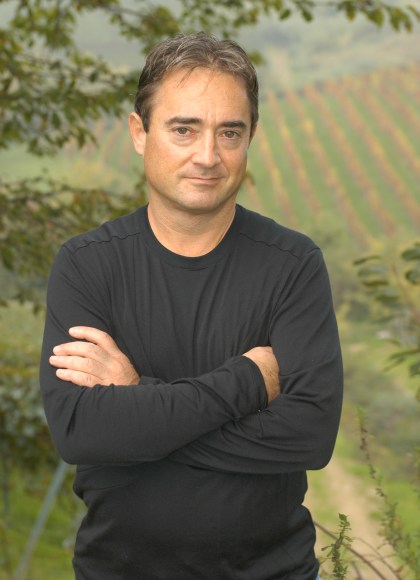Promotion
Use code MOM24 for 20% off site wide + free shipping over $45
Champagne, Uncorked
The House of Krug and the Timeless Allure of the World’s Most Celebrated Drink
Contributors
By Alan Tardi
Formats and Prices
Price
$26.99Price
$34.99 CADFormat
Format:
- Hardcover $26.99 $34.99 CAD
- ebook $17.99 $22.99 CAD
This item is a preorder. Your payment method will be charged immediately, and the product is expected to ship on or around May 24, 2016. This date is subject to change due to shipping delays beyond our control.
Also available from:
In Champagne, Uncorked, Alan Tardi journeys into the heartland of the world’s most beloved wine. Anchored by the year he spent inside the prestigious and secretive Krug winery in Reims, the story follows the creation of the superlative Krug Grande Cuv’e.
Tardi also investigates the evocative history, quirky origins, and cultural significance of Champagne. He reveals how it became the essential celebratory toast (merci Napoleon Bonaparte!), and introduces a cast of colorful characters, including Eugè Mercier, who in 1889 transported his “Cathedral of Champagne,” the largest wine cask in the world, to Paris by a team of white horses and oxen, and Joseph Krug, the reserved son of a German butcher who wound up in France, fell head over heels for Champagne, and risked everything to start up his own eponymous house.
In the vineyards of Champagne, Tardi discovers how finicky grapes in an unstable climate can lead to a nerve-racking season for growers and winemakers alike. And he ventures deep into the caves, where the delicate and painstaking alchemy of blending takes place — all of which culminates in the glass we raise to toast life’s finer moments.
Genre:
- On Sale
- May 24, 2016
- Page Count
- 296 pages
- Publisher
- PublicAffairs
- ISBN-13
- 9781610396882
Newsletter Signup
By clicking ‘Sign Up,’ I acknowledge that I have read and agree to Hachette Book Group’s Privacy Policy and Terms of Use



